Since the advent of electronics, as we know it today, a multitude of components have been created, many of which have disappeared or changed their names.
In a previous article we deal with components terminated in "tor", of which a good part is still used, such as the resistor, capacitor, inductor, thyristor, transistor, etc.
However, we also have other peculiarities in relation to names, a very common practice since the 1920s was to assign names to components terminated in "tron".
This termination came from the Greek designating elementary particles, particle accelerators, algorithms for teaching machines and, of course, electronic components.
In particular, this termination was used for valves or other devices driven in a gas or vacuum-based circuit.
In our almanac we have many. Would you be able to give your own meaning?
Numitron or Digitron
A gas display where electrodes in the form of digits are placed in a glass tube. When driven, the electrodes light up and the corresponding numbers appear. Same as numitron. The operating voltage of these displays to obtain ionization is around 170 V. The current is very low.
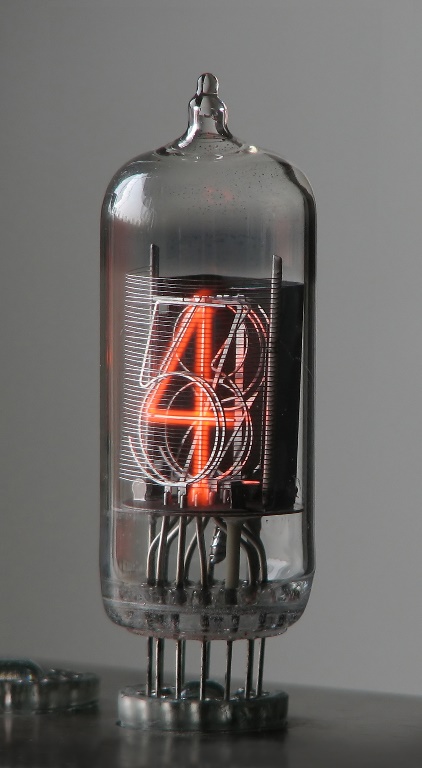
Charactron
An alphanumeric tube, consisting of a cathode ray tube specially designed to display numbers, letters and symbols, which today would be better called a "video monitor". This display has an electrode with a matrix of holes forming 64 or 116 symbols. Depending on the selected holes, the corresponding symbol appears on the screen. The character which appears is then selected by deflecting the beam. In the figure, there is one of these tubes in section. An equivalent tube was patented at the same time under the name of Typotron. The Charactron is from 1953 and the Typotron too.
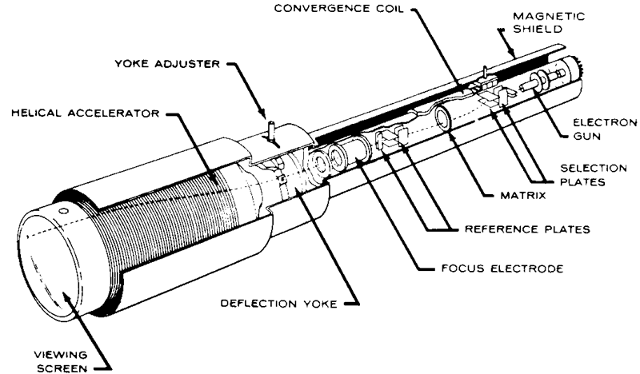
Klystron
A type of valve used in microwave production. The valve in the figure could generate 1 W of power in the 10 cm or 3 GHz waveband.
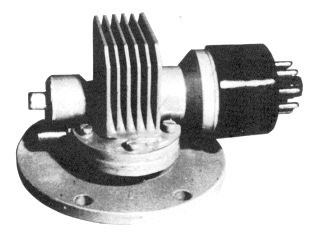
Convectron
A device which indicates a slope using a vertical heated wire as a sensor. The convection current which forms cools this wire. By tilting this wire, the convection current has its influence on the wire and thus its resistance. In this way, the resistance depends on the angle the wire makes with the vertical. Also called convection gauge.
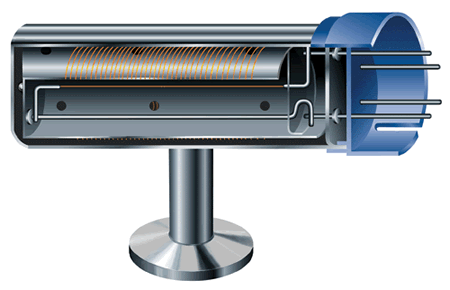
Kenopliotron
A double valve which contains a diode and a triode in the same housing. In this valve, the diode anode is the triode cathode. Used in high power RF circuits.
Negatron
A valve which has a negative resistance characteristic curve. It would be the old equivalent of the unijunction, which perfectly could be called
Fanotron
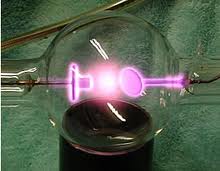
A gas diode valve with hot cathode. Valve created in 1939 used in grinding.
Phasitron
A frequency modulating valve in which the modulation is done by the action of an external magnetic field.
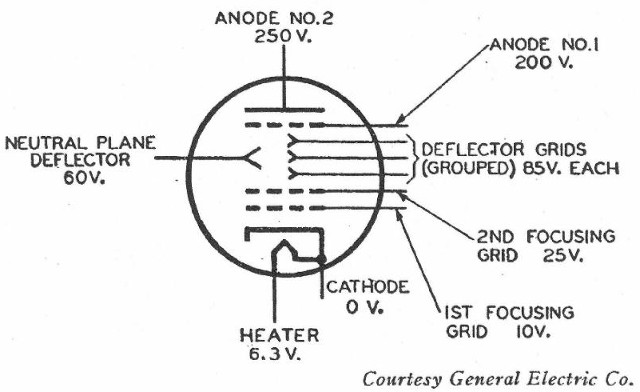
Strobotron
A gas valve that emits flashes of light (similar to a xenon light, but weaker) when driven by pulses. Used in stroboscopes.
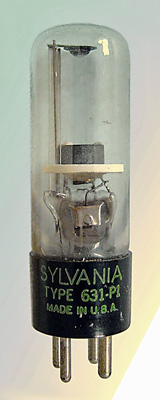
Ignitron
A mercury rectifier used for grinding in very high voltage sources.
Skiatron
A cathode ray tube where the screen is covered by a substance based on crystals which instead of shining with a beam of cathode rays, it darkens, thus forming a dark trace when scanning.
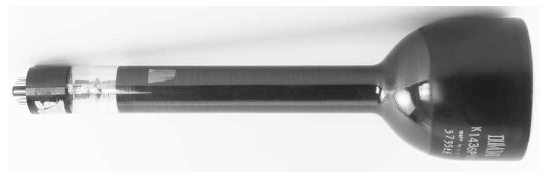
Tecnetron
Type of semiconductor like a transistor (triode) formed by a germanium bar where the ends are the anode and cathode terminals and, in the middle, there is the control terminal. Used at frequencies up to 1 GHz, it was developed in 1958 at the Centre National D´Études des Telecommunications in France.
And, we ended up inviting our readers to see a video of us on a Jumbotron, name attributed to the screen used in stadiums - Name patented by Sony, launched in the 80s.
Many other components and artifacts used in technology with names ending in "tron" can be found on our website, in the Almanac section.



